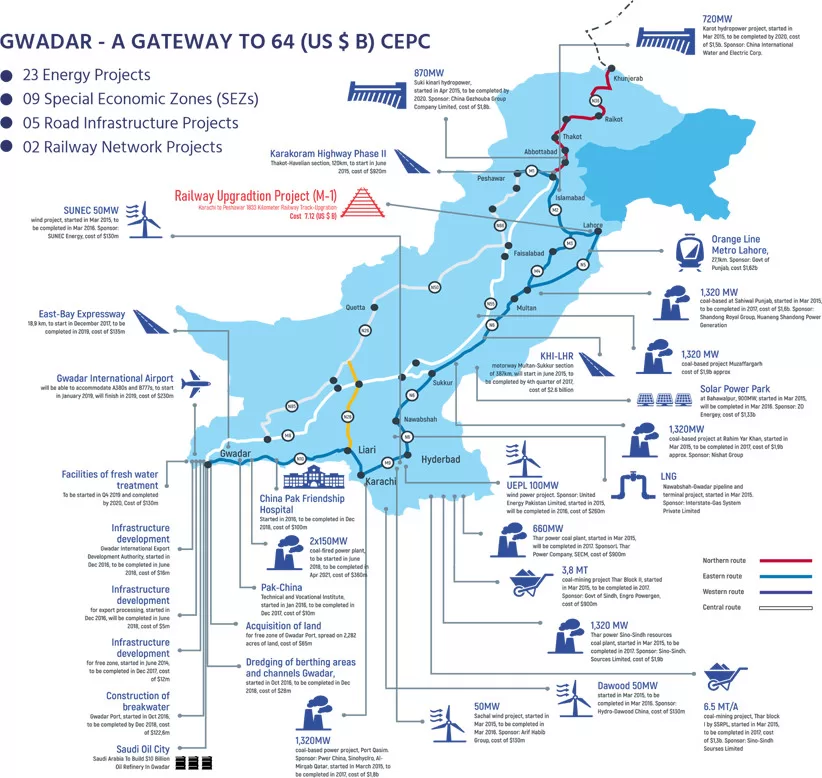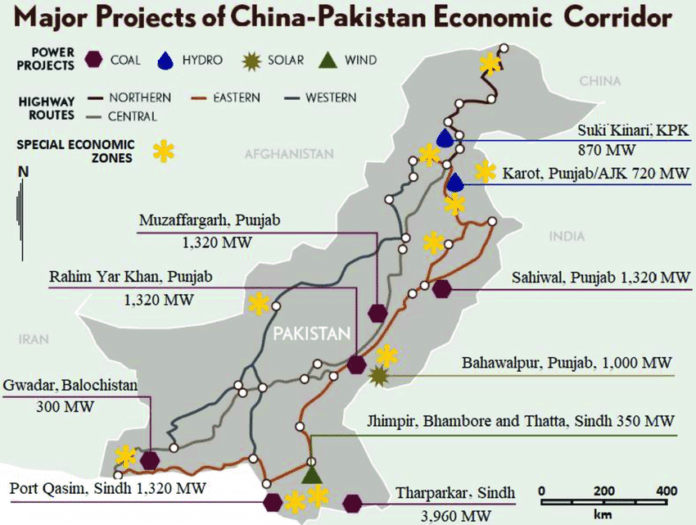Over two thousand years ago the ancient silk route (now part of present day Pakistan) was used by Chinese traders and renowned monks like Xuan Zang and Fa Xiam, who travelled the route for trade and cultural exchanges from China to the Middle East, Europe and further towards the western World. In recent times, the bond between China and Pakistan has a documented history of more than 70 years when Pakistan became the third non-communist country and the first Muslim country to recognize the Peoples Republic of China in 1950. The very next year, in May 1951, Pakistan and China established their formal diplomatic ties and since then, the two brotherly countries have nurtured the relationship and have never looked back. Pakistan’s Prime Minister Mr. Huseyn Shaheed Suhrawardy was the first Pakistani leader to visit Beijing in October 1956, which was reciprocated by Chinese Premier Mr. Zhou En Lai’s visit to Pakistan in December 1956. This memorable and historic visit by Chinese Premier was for 10 long days which played a vital role in bringing the two countries closer. This bond was further cemented when Mr. Zhou later visited India but clearly declined to visit Srinagar on the invitation of Jawaher Lal Nehru. It was a clear signal from China showing unconditional support for Pakistan on the disputed Kashmir issue between India and Pakistan. China’s clear stance in supporting Pakistan over the Kashmir issue laid the foundation for mutual trust, which forms the core of our “All Weather Strategic Cooperative Partnership”.
Later, the 1960s and 1970s witnessed many dramatic changes in our region where Pakistan was engaged in wars and constant challenges. China stood firm grounds in our support. Over the years, both China and Pakistan witnessed high-level frequent visits from their respective leaderships. By signing the 1963 Boundary Agreement of Sino-Pakistan Border Treaty, the two countries paved the way for further development of bilateral relations, nurturing and strengthening their political and economic bond.
In a step to strengthen the association, Pakistan International Airlines started its flight operations to Beijing in 1964, becoming the first non-communist country airline to fly from Beijing, opening the rest of the World to China. Later, in March 1965, Pakistan denounced the “Two China Policy” of the U.S which resulted in China having a clear regard for Pakistan as a trustworthy partner in South Asia.
This partnership flourished with the decision to work for economic and regional collaborations for trade and infrastructure building. In 1966, it was decided to reconstruct the Karakoram Highway that linked China’s Xin Jang region with Gilgit-Baltistan in Pakistan, this miracle of construction was completed in 1978, which today serves as the heartline for China Pakistan Economic Corridor (CPEC).

Over the decades. China has been one of Pakistan’s most strategic economic partner, with magnitude of trade between them crossing USD 20 Billion. Pakistan was among the first countries to join the Belt and Road Initiative (BRI) of China. CPEC being the pilot project, has delivered some substantial results for both countries. CPEC has taken this strategic partnership to new heights; with China investing over USD 60 Bn in various projects in Pakistan. The economic and infrastructure development under CPEC is adding to the power generation capacity, defense capabilities, HR opportunities and regional connectivity for both China and Pakistan. CPEC has also been the foundation stone for many key infrastructure and transportation projects. The work is in final stages of completion for Gwadar Port and development of three Special Economic Zones in Pakistan.
Other than economic exchange, both China and Pakistan have opened doors of opportunities for its people via several exchange programs. There is nearly 200,000 people exchanges between the two countries each year and 14 pairs of friendly provinces and cities have been established. This fruitful cooperation has brought people of the two countries closer over time. More than 30,000 Pakistani students are studying in China with over 7,000 under scholarship programs.
The booming graph of growth and progress slowed down a bit for both countries when the entire World faced the challenge of the COVID 19 pandemic. Pakistan was among the first countries to send medical assistance to China in this time of dire need. China also left no stone unturned in supporting Pakistan by sending medical aid and supplies which initially included 5.8 million surgical masks, 830,000 N-95 masks, 330,000 COVID testing kits and 390 ventilators. Chinese president Mr. Xi Jinping personally led the effort to ensure Pakistan received the supplies and vaccines in time.
Later, in year 2020, Pakistan’s president Mr. Arif Alvi paid a visit to China reaffirming our unflinching solidarity and support. This landmark visit by President Alvi laid the groundwork for the 10th Joint Cooperation Committee that became the institutional framework behind CPEC. The execution of bilateral MoUs established the foundation for Joint Working Groups on Science & Technology and Agriculture under the CPEC umbrella.
During the crucial time of the COVID 19 pandemic, China faced undue western propaganda. However, like any resilient nation, having a friend like Pakistan standing firm by its side, the two countries overcame the challenges and endorsed their commitment to CPEC.
Pakistan and China have proved to be committed “All Weather Friends” over time. Together, both countries have faced numerous challenges but despite all odds, this friendship has now transformed into an iron clad brotherly bond. It is in the common interest for both countries to safeguard their cooperative partnership that conforms to their fundamental interests. The strategic location of Pakistan, combined with China’s economic power has brought them together. Our shared economic interests and mutual support have strengthened and nurtured our relationship over the years which will continue to grow with time.




